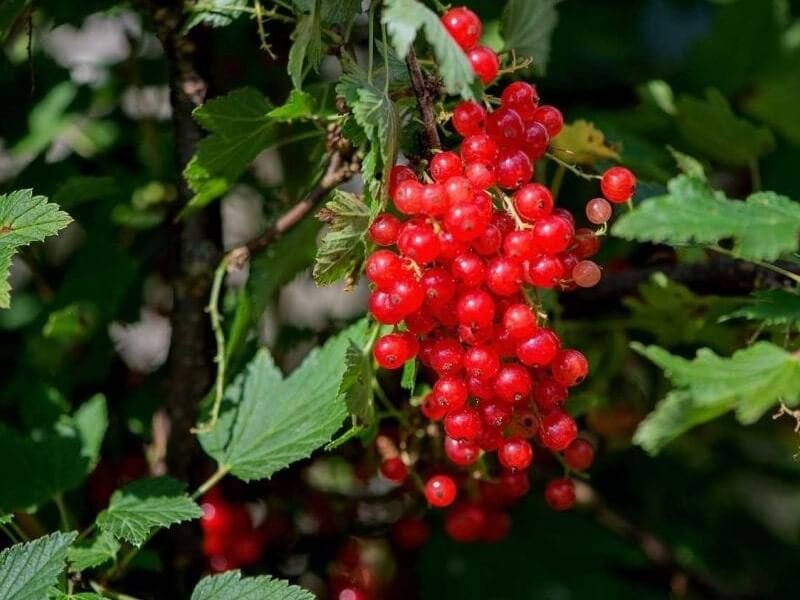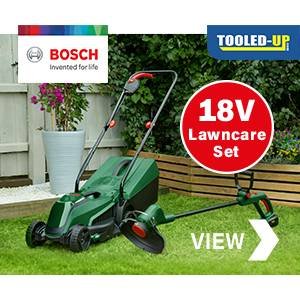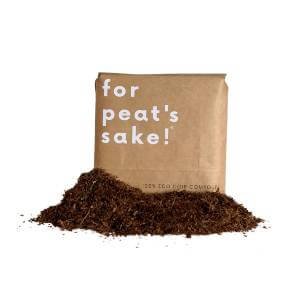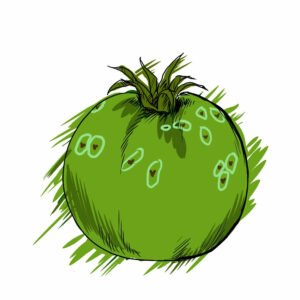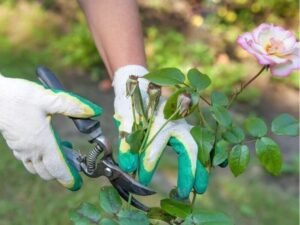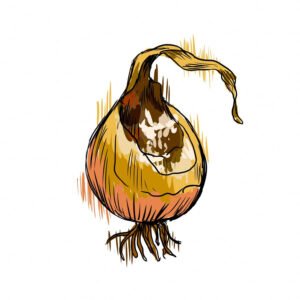Introduction
Welcome to the ultimate guide on how to grow whitecurrants in the comfort of your own home in the UK. In this comprehensive step-by-step guide, we will explore everything you need to know to successfully cultivate these delightful and nutritious berries. Whether you are an experienced gardener or a novice, this guide will provide you with all the information you need to grow whitecurrants with confidence.
Why Should I Grow Whitecurrants?
Whitecurrants are not only delicious but also packed with essential vitamins and antioxidants. They are a versatile fruit that can be used in a variety of culinary creations, from jams and jellies to pies and desserts. By growing your own whitecurrants, you have the opportunity to enjoy the freshest and most flavorful berries right from your garden.
Where is the Ideal Location to Grow Whitecurrants?
Whitecurrants thrive in a sunny location that receives at least six hours of direct sunlight each day. They prefer a sheltered spot that is protected from strong winds. If possible, choose a location with well-draining soil to prevent waterlogged roots.
Soil Type and Preparing the Soil
Whitecurrants prefer a slightly acidic soil with a pH level between 6 and 6.5. Before planting, prepare the soil by removing any weeds and incorporating organic matter, such as compost or well-rotted manure, to improve drainage and fertility. This will create a favorable environment for your whitecurrant plants to thrive.
Watering Tips and Hints
Whitecurrants require regular watering, especially during dry spells. Aim to keep the soil consistently moist but not waterlogged. Mulching around the base of the plants can help retain moisture and suppress weed growth. Avoid overhead watering to prevent the spread of diseases, and instead, water at the base of the plants.
Sowing and Planting Whitecurrants
Whitecurrants are typically propagated through hardwood cuttings or by purchasing young plants from a reputable nursery. If starting from cuttings, take them in late autumn or early winter when the plants are dormant. Plant the cuttings in well-prepared soil, ensuring that the buds are just above the soil surface.
How to Grow Whitecurrants from Seed
While it is possible to grow whitecurrants from seed, it is not the most common method as it can take several years for the plants to reach maturity. If you choose to grow from seed, sow them in a seed tray filled with compost in late winter. Keep the tray in a cool, bright location and transplant the seedlings to individual pots once they have developed a few sets of true leaves.
How to Plant Out Whitecurrants
When planting out your whitecurrants, ensure that they are spaced approximately 1.5 meters apart to allow for adequate airflow and sunlight penetration. Dig a hole slightly larger than the root ball and place the plant in the hole, making sure the soil level matches the level of the plant’s crown. Firmly backfill the hole and water the plant thoroughly.
General Care for Whitecurrants
Whitecurrants are relatively low-maintenance plants, but they do benefit from regular care. Prune the plants in late winter or early spring to remove any dead or diseased wood and to promote airflow. Apply a balanced fertilizer in early spring and mulch around the base of the plants to suppress weeds and retain moisture.
How to Harvest Whitecurrants
Whitecurrants are ready to harvest when they have reached their full size and have a slightly translucent appearance. Gently twist the berries from the stem to avoid damaging the plant. Harvesting is typically done in mid to late summer, depending on the variety and growing conditions.
How to Store Whitecurrants
Whitecurrants are best enjoyed fresh, but if you have an abundant harvest, they can be stored in the refrigerator for up to a week. Alternatively, you can freeze them for longer-term storage. Simply spread the berries in a single layer on a baking tray and freeze until solid. Transfer the frozen berries to airtight containers or freezer bags for convenient use throughout the year.
Problems with Growing Whitecurrants
Whitecurrants can be susceptible to certain pests and diseases, including aphids, powdery mildew, and currant blister aphid. Regularly inspect your plants for any signs of infestation or disease and take appropriate measures, such as using organic pest control methods or seeking advice from your local gardening center, to address the issue promptly.
Where to Buy Whitecurrants
You can purchase whitecurrant plants from reputable nurseries, garden centers, or online retailers specializing in fruit plants. Look for certified disease-free plants to ensure the best start for your whitecurrant garden.
What are the Best Whitecurrant Varieties to Grow and Why?
There are several excellent whitecurrant varieties to choose from, including ‘White Grape,’ ‘Blanka,’ and ‘Versailles Blanche.’ Each variety offers its own unique flavor profile and characteristics, so consider your taste preferences and growing conditions when selecting the best variety for your garden.
What Tools Will I Need to Grow Whitecurrants?
Growing whitecurrants requires a few essential tools, including a garden spade or fork for preparing the soil, pruning shears for maintaining the plants, and a watering can or hose for regular watering. Additionally, having a pair of gardening gloves and a kneeling pad can make the gardening experience more comfortable.
Conclusion
With the information provided in this ultimate guide, you are well-equipped to embark on your whitecurrant growing journey. Enjoy the satisfaction of nurturing your plants from seedlings to bountiful harvests of delicious whitecurrants. Whether you use them in your favorite recipes or enjoy them straight from the bush, growing whitecurrants at home in the UK is a rewarding and fruitful experience.
Frequently Asked Questions
Q: Can I grow whitecurrants in pots or containers?
A: Yes, whitecurrants can be grown successfully in pots or containers as long as they have sufficient space for root growth and receive adequate sunlight and water.
Q: How long does it take for whitecurrant plants to bear fruit?
A: Whitecurrant plants typically start bearing fruit within 2 to 3 years after planting, although this can vary depending on growing conditions and the age of the plant when purchased.
Q: Are whitecurrants self-pollinating?
A: No, whitecurrants are not self-pollinating. It is recommended to plant at least two different varieties to ensure cross-pollination and maximize fruit production.
Keywords: growing whitecurrants, growing whitecurrants uk, growing whitecurrants in pots, whitecurrant varieties, whitecurrant plants, whitecurrant care, whitecurrant harvest, whitecurrant storage, whitecurrant problems, whitecurrant pests, whitecurrant diseases, buy whitecurrants, whitecurrant tools, whitecurrant soil preparation, whitecurrant watering tips


